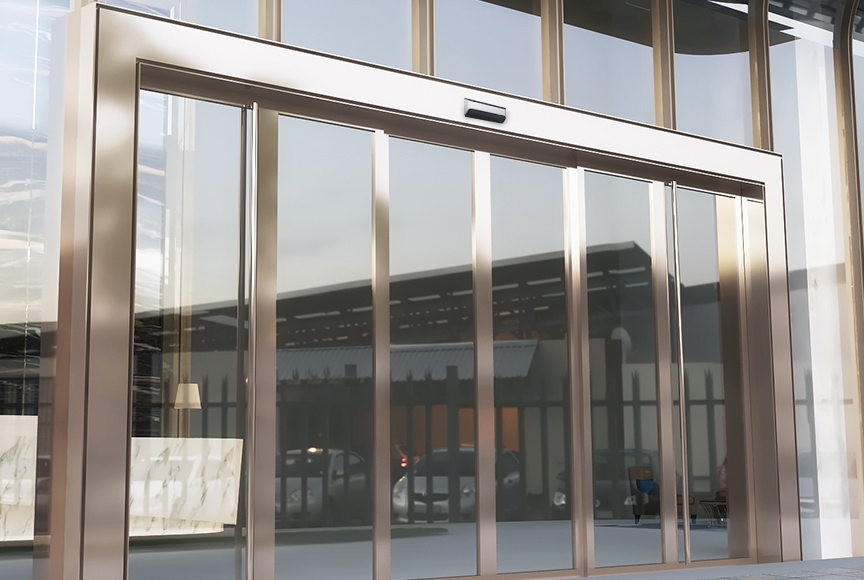How do agents balance the need for advanced features in automatic door sensors with the cost considerations of clients?
Automatic door sensors have become ubiquitous in modern buildings, providing convenience, accessibility, and improved energy efficiency. As technology advances, the demand for sophisticated features in automatic door sensors has grown significantly. However, a critical challenge faced by agents in this industry is striking the delicate balance between integrating advanced features and meeting the cost considerations of clients.

The Evolution of Automatic Door Sensors:
Automatic door sensors have come a long way since their inception. Initially designed for basic motion detection to trigger door opening, these sensors have evolved to incorporate a wide array of advanced features. These include touchless technology, facial recognition, adjustable sensitivity, energy efficiency, and connectivity with smart building systems.
The Need for Advanced Features:
The push for advanced features in automatic door sensors is fueled by various factors, including the growing emphasis on safety, security, and user experience. Touchless technology, for example, has gained immense popularity in the wake of global health concerns, providing a hygienic solution for users entering and exiting buildings.
Facial recognition, another advanced feature, enhances security by allowing authorized personnel seamless access while deterring unauthorized entry. Adjustable sensitivity ensures that the sensor responds appropriately to various environmental conditions, minimizing false triggers and optimizing energy efficiency.
Connectivity with smart building systems is also becoming increasingly crucial, as it allows for centralized control, monitoring, and data collection. These features collectively contribute to creating a more intelligent and responsive built environment.
Cost Considerations for Clients:
While the demand for advanced features in automatic door sensors is high, clients often face budget constraints. Balancing the desire for cutting-edge technology with the financial realities of the project is a delicate task. Agents in the industry must carefully evaluate the specific needs of clients and tailor solutions that strike the right balance between functionality and cost.
Cost-effective Solutions:
Several strategies can help agents meet the need for advanced features within budget constraints. Firstly, a thorough needs assessment is crucial to identifying the essential features that align with the client's goals. By prioritizing functionalities based on importance, agents can focus on integrating key features while minimizing unnecessary expenses.
Additionally, exploring modular solutions that allow for future upgrades can be a cost-effective approach. This enables clients to invest in a basic system initially and add advanced features as their budget allows or as technology evolves.
Collaboration with manufacturers and suppliers is also vital. Establishing strong partnerships can result in cost-efficient procurement of components and technologies, allowing agents to provide clients with high-quality solutions at a competitive price.
Educating Clients:
Agents play a crucial role in educating clients about the long-term benefits and cost savings associated with advanced features. While the initial investment may be higher, the enhanced functionality, energy efficiency, and security provided by these features can lead to substantial savings over time.
Conclusion:
The integration of advanced features in automatic door sensors is an exciting frontier in building automation. Striking the right balance between meeting the demands for cutting-edge technology and addressing the cost considerations of clients requires careful planning, collaboration, and a focus on long-term value. As technology continues to advance, agents in this field must remain adaptable and innovative to provide clients with solutions that not only meet their current needs but also anticipate future requirements.







